
 Canam Asia’s composite steel deck.
Canam Asia’s composite steel deck.
WITH the growing importance given to green technologies in construction, designers need to go beyond conventional thinking and be smart in the selection of structural elements that reduce environmental impact.
One such method is to choose structural elements that can perform two functions simultaneously without compromising the quality or increasing the costs of construction.
In the construction of deck floors supported by joists in steel buildings, for example, in conventional designs, reinforcement is needed for the top and bottoms sides of the concrete slab to resist negative and positive moment in a continuous span. By using a composite floor deck, the need for reinforcement at the bottom is eliminated because the embossments in the composite deck create enough friction and push the deck to resist the tension developed by the positive moment. In this case, the section, the properties and the price of the plain deck versus the composite deck are the same apart from the additional embossment created in the latter during fabrication to eliminate the requirement for reinforcing bars.
Another example of how creative detailing in structural elements can eliminate the need for additional material is in the design of the steel deck diaphragms.
In steel buildings, lateral bracings are used to resist the lateral load developed from wind pressure or from earthquakes. However, the design of the steel deck diaphragm can eliminate the need for these lateral bracings without compromising the quality or increasing the costs of construction – on the contrary, it can result in cost savings.
The theory behind these facts is explained in the Diaphragm Design Manual published by the Steel Deck Institute (SDI) in 2004. The manual is based on results compiled from a series of tests conducted in the laboratories of the University of West Virginia in the US.
Steel deck diaphragms comprise steel roofs or floor decks supported by a steel structure, which is capable of providing an efficient diaphragm to resist lateral forces such as wind or earthquake loads. This technology is well-known in North America and Europe and eliminates the need for horizontal bracings.
The steel deck sheets used for roofs and floors provide support for gravity loads between the joists and/or beams. Once installed, these sheets can also be used as a horizontal brace by designing additional attachments and connections to the joists, enabling the steel deck to act as a diaphragm.
This concept assumes that the fluted deck of the roof is equivalent to the web of a horizontal beam where the perimeter structural members of the building serve as the flanges. The span of that horizontal beam is the distance between the vertical columns. The secondary elements (open web joists/beams) form the stiffeners to the deck (web of horizontal beam). The deck attached to the perimeter members (the flange of the horizontal beam) and to the stiffeners ensures the transfer of the shear forces.
The resistance and rigidity of the diaphragm depend upon the geometry, frequency, and type of fastener used to connect to the structural elements and the side-lap joints. This will ensure that the cost, material, and installation of steel deck reflect the structural engineer’s design and that any alternate proposals will meet the engineer’s requirements.
Conclusion
New technologies and research on construction materials is helping protect the environment by reducing the use of the raw materials, as illustrated in these two examples, without affecting the quality or increasing costs – in fact, the smart selection of structural elements reduces the costs of construction projects.
* Dr Wafik Ajam is the technical and marketing manager for the Canam Asia, a specialist in roofing and flooring systems. The Dammam-based company custom designs, fabricates and supplies a full range of composite steel decks and non-composite roofs decks as well as open-web steel joists. Canam Asia is a joint venture between Zamil Industrial of Saudi Arabia and Steel Plus – an affiliate of the Canadian Canam Group – with factories in Dammam, Saudi Arabia, and Ras Al Khaimah, UAE.


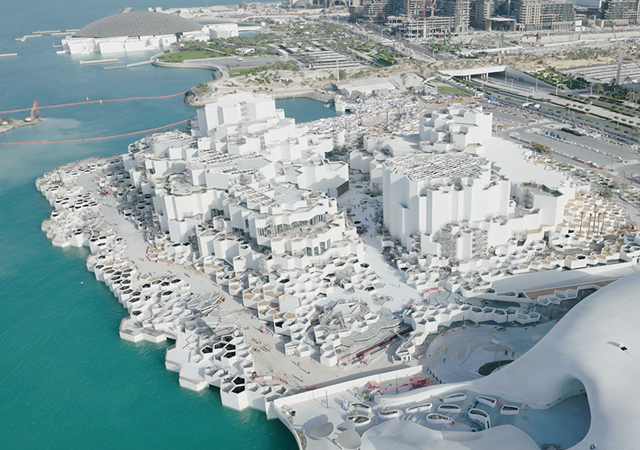


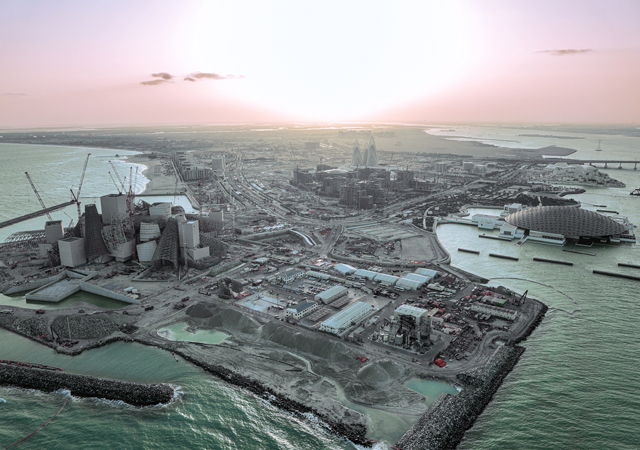

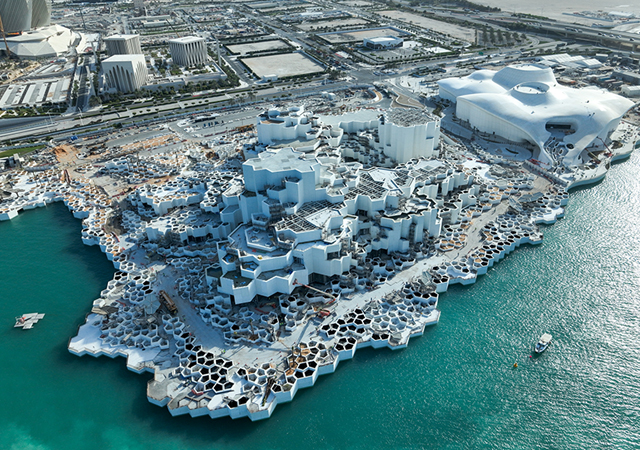
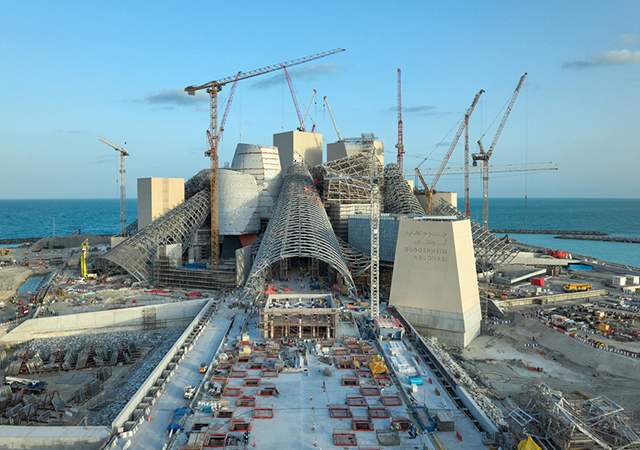
.jpg)




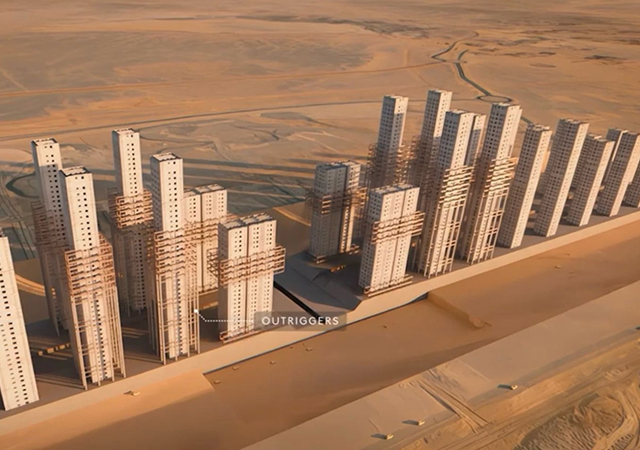
.jpg)

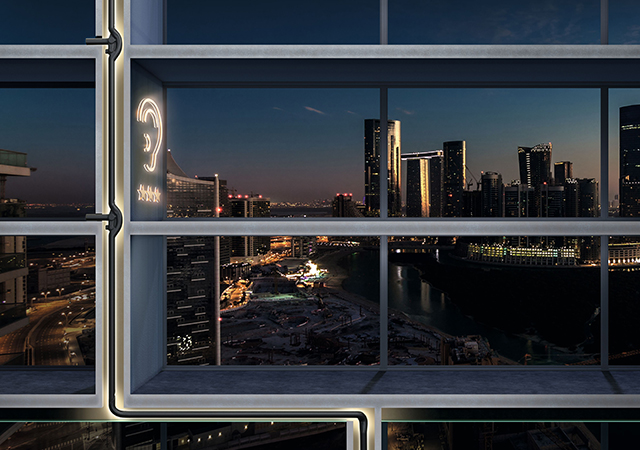
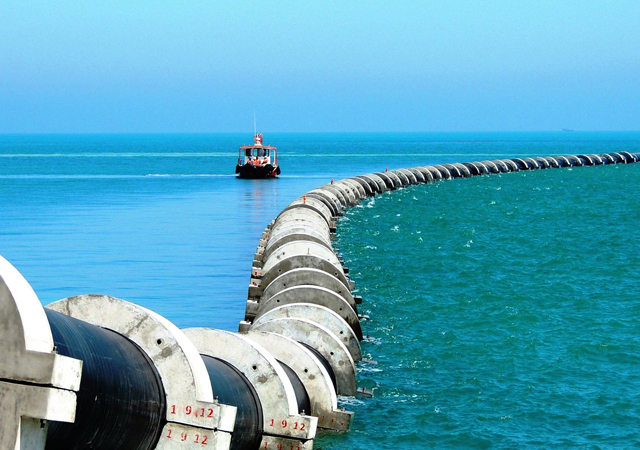
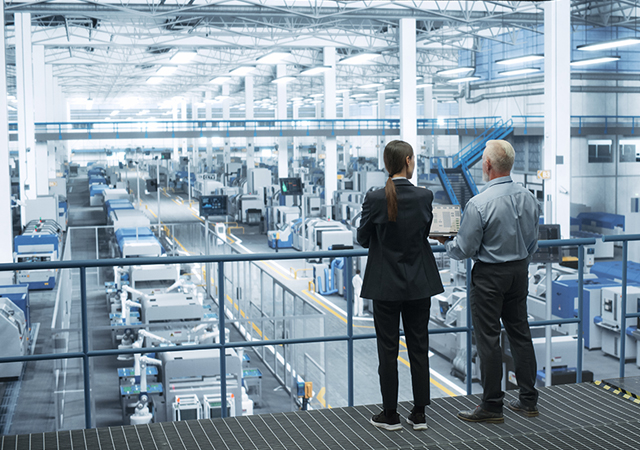

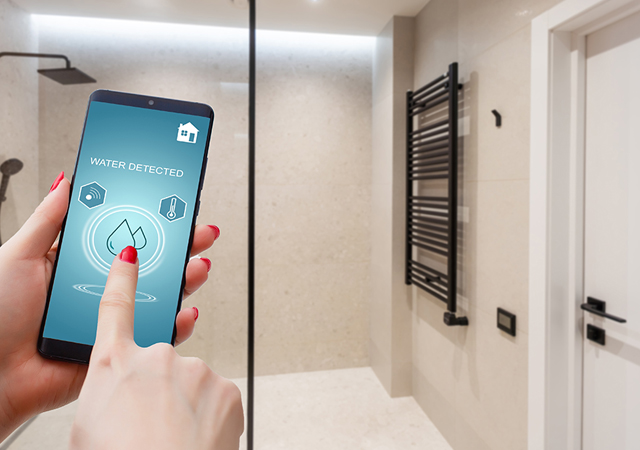
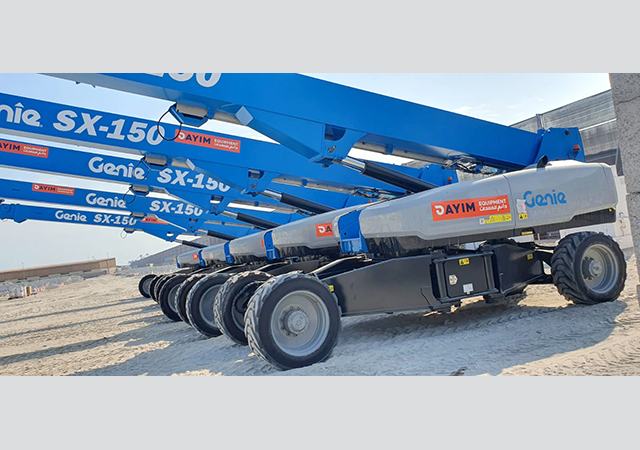
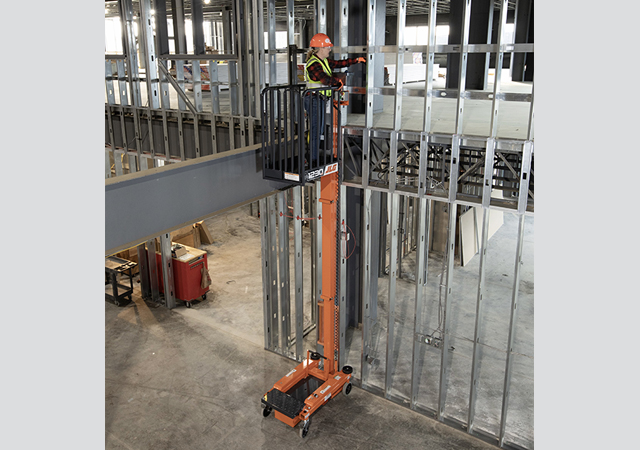
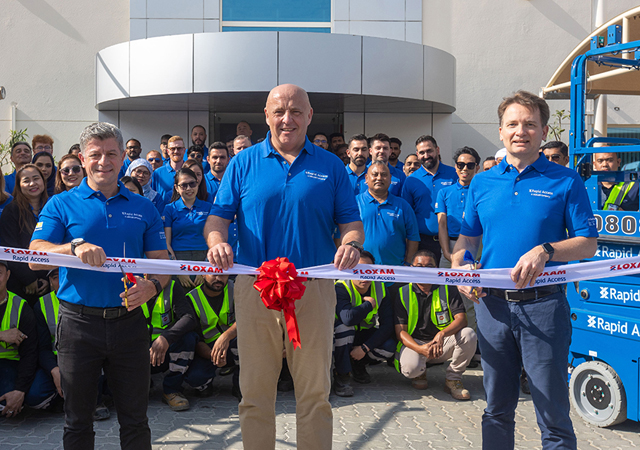
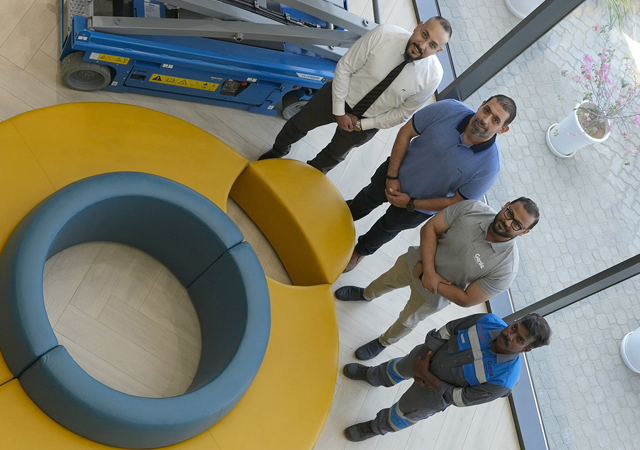
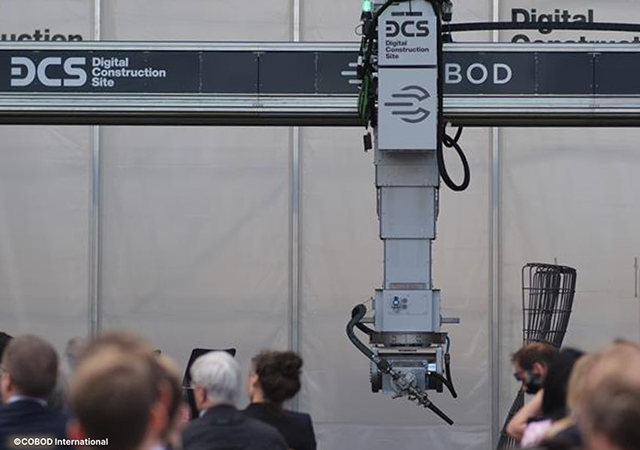
Doka (2).jpg)
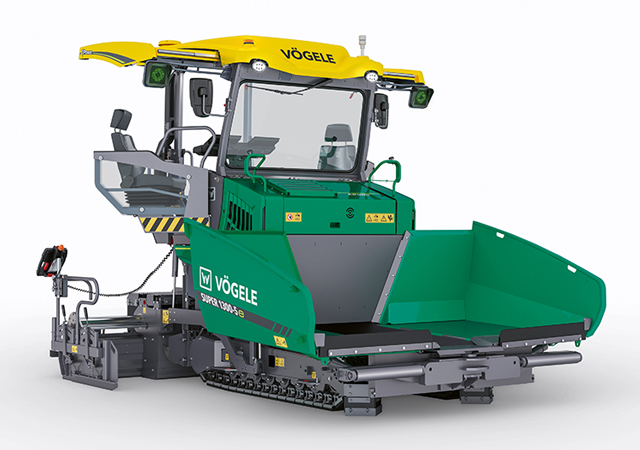


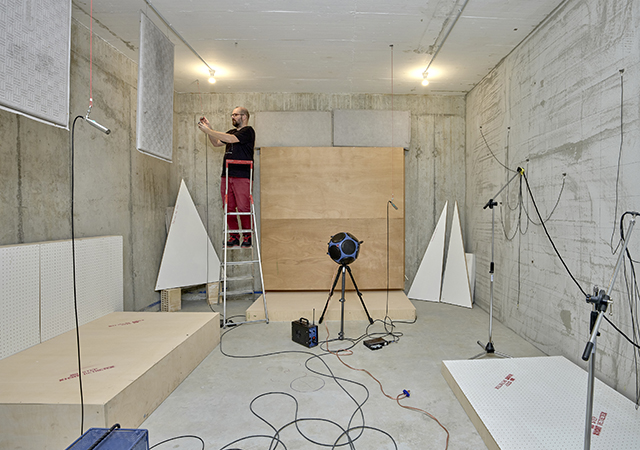
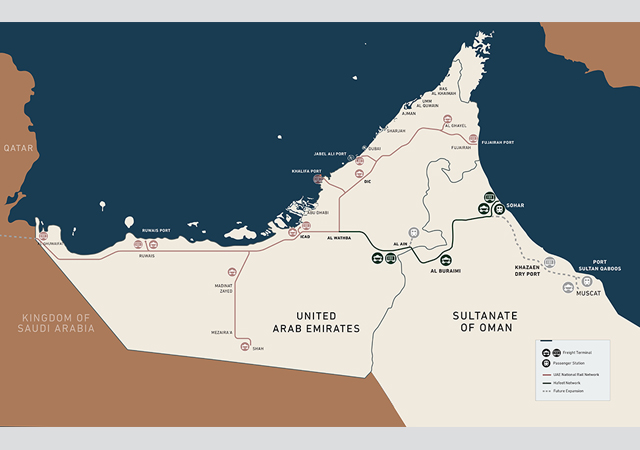
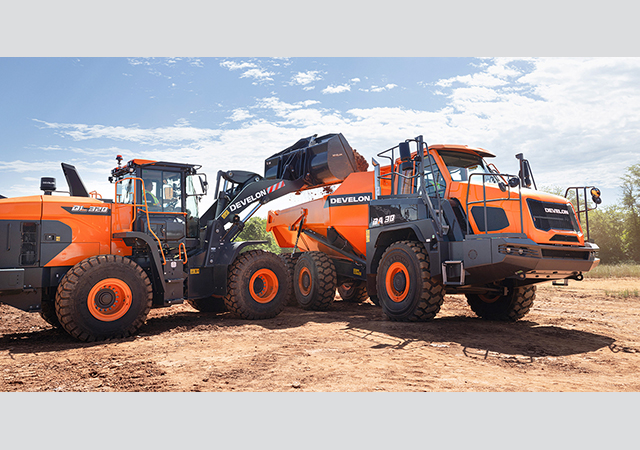
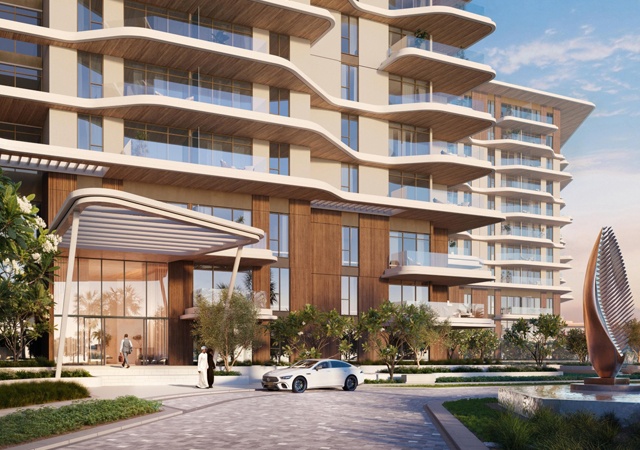

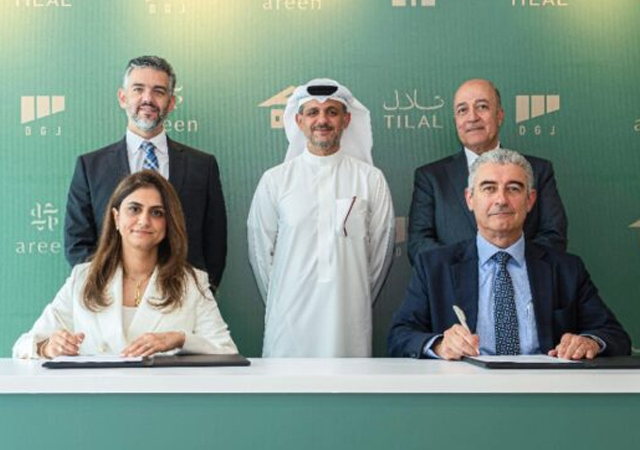
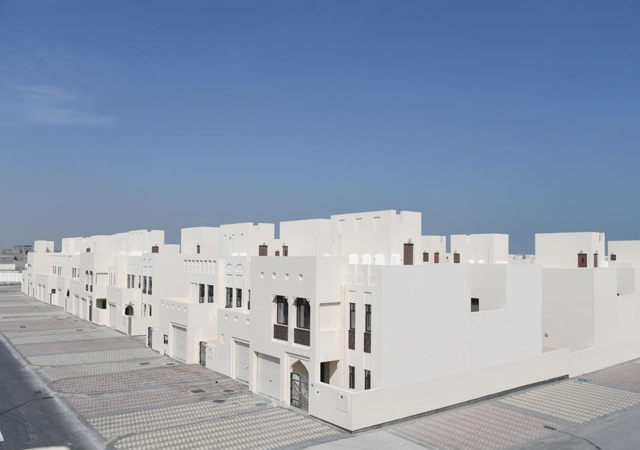


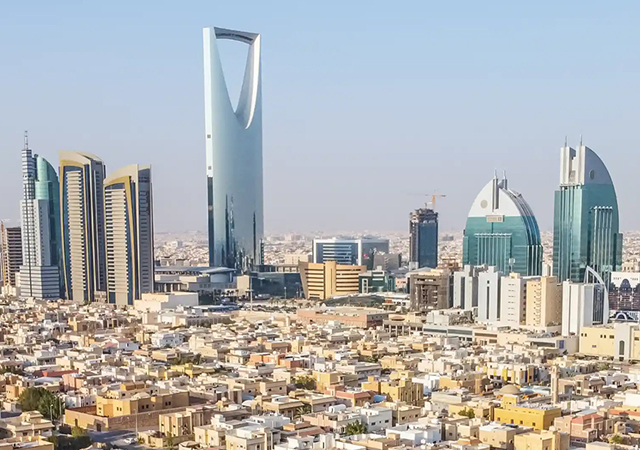
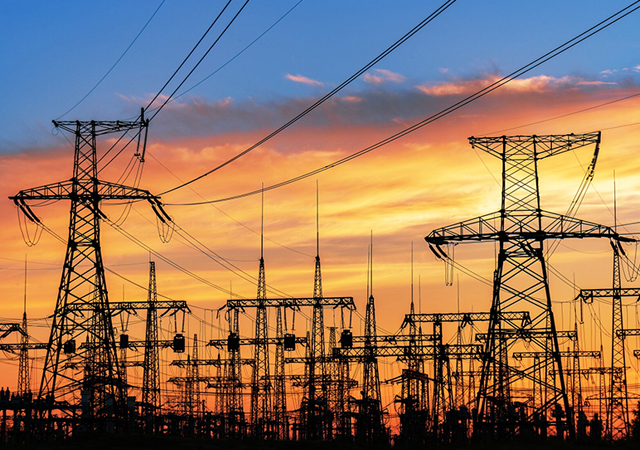


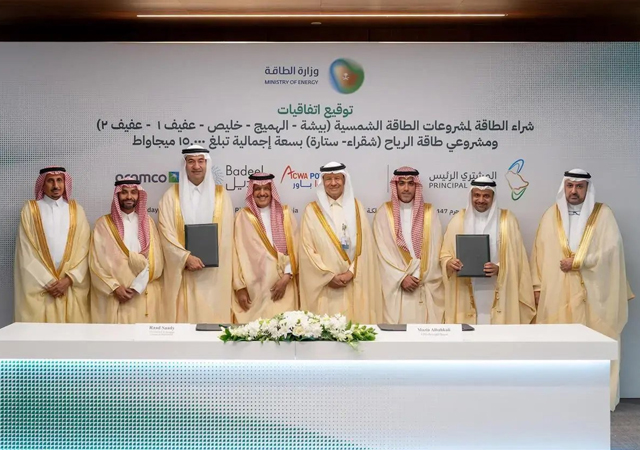
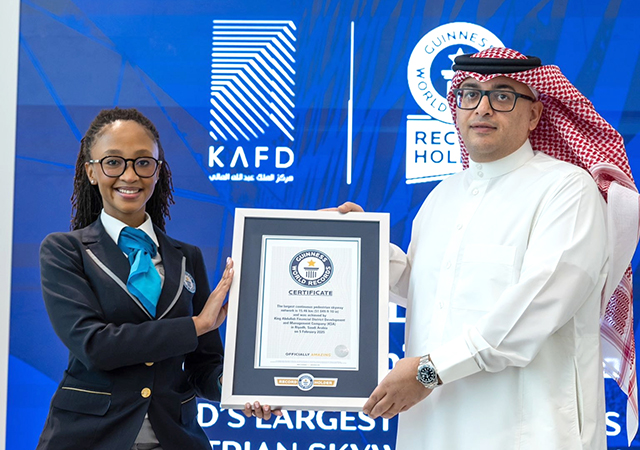
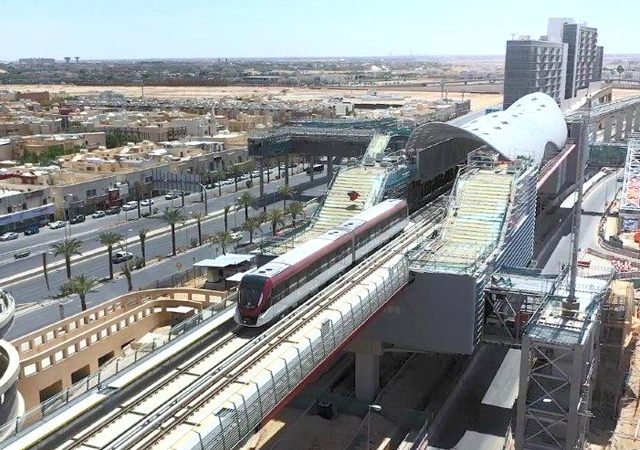
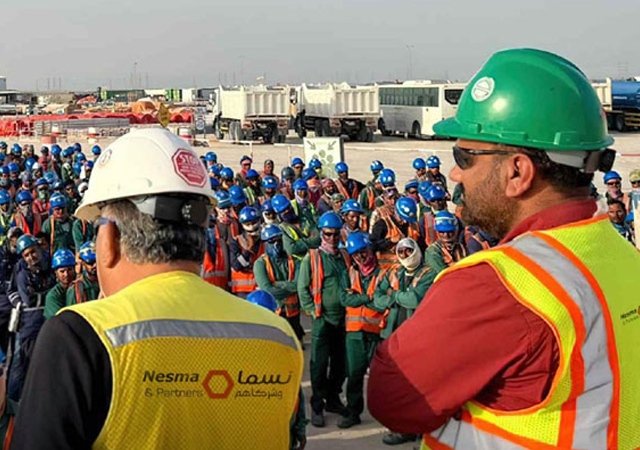
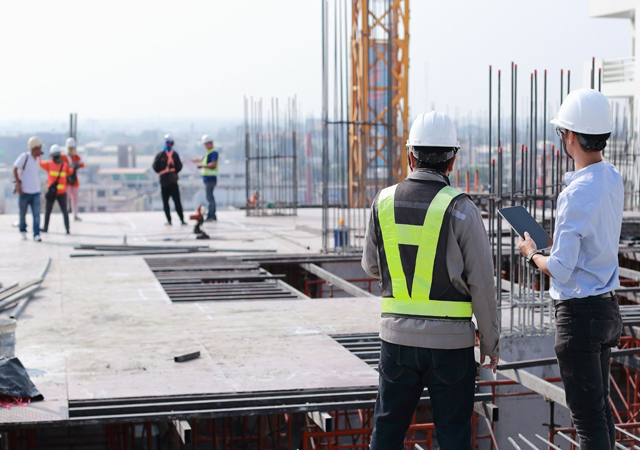
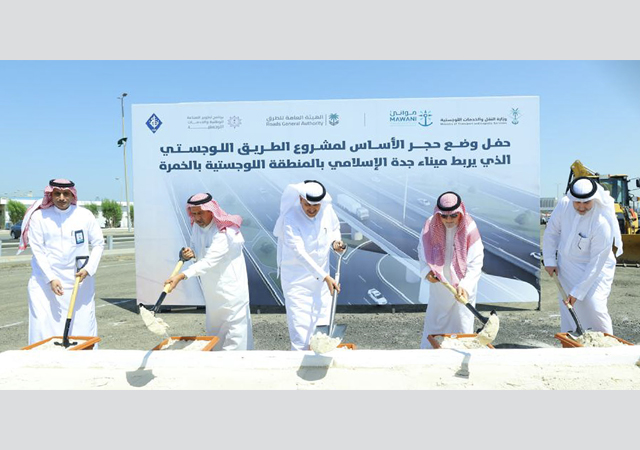

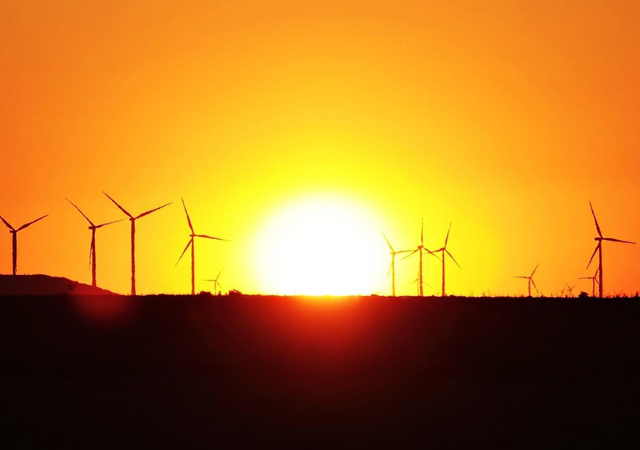

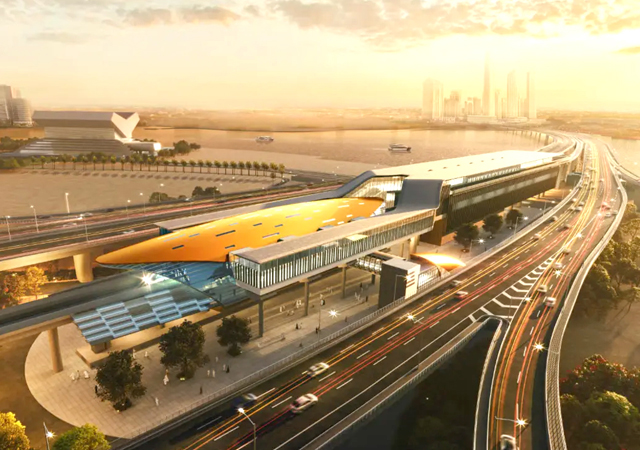
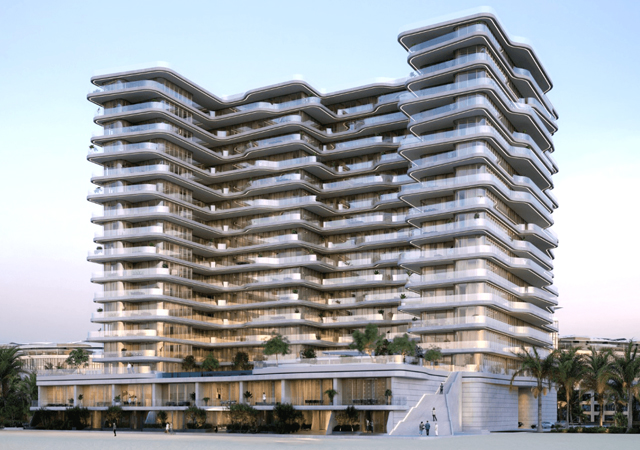

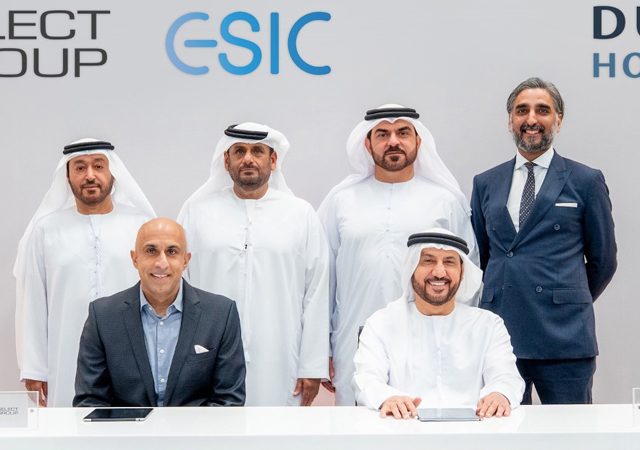
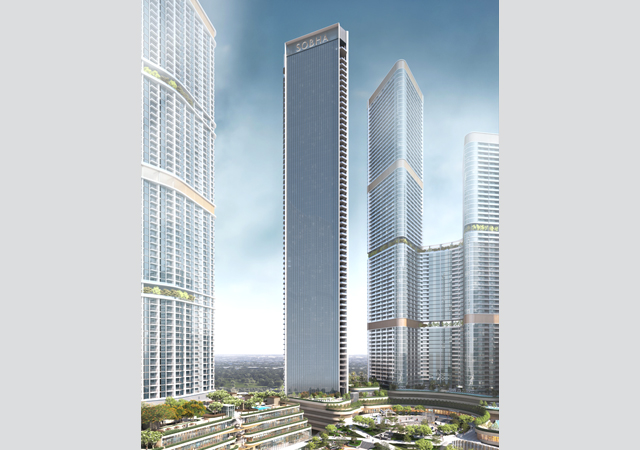
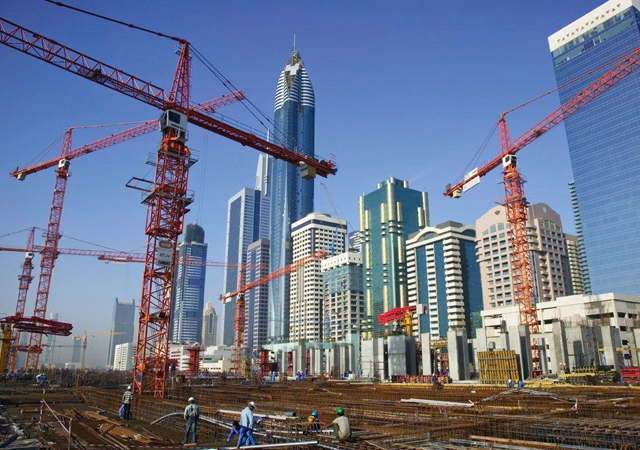
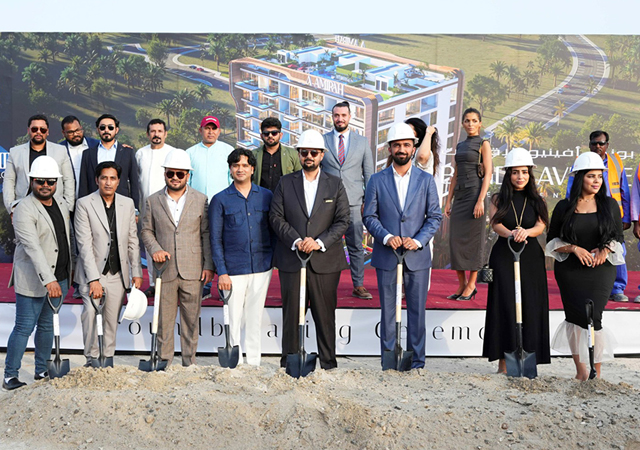


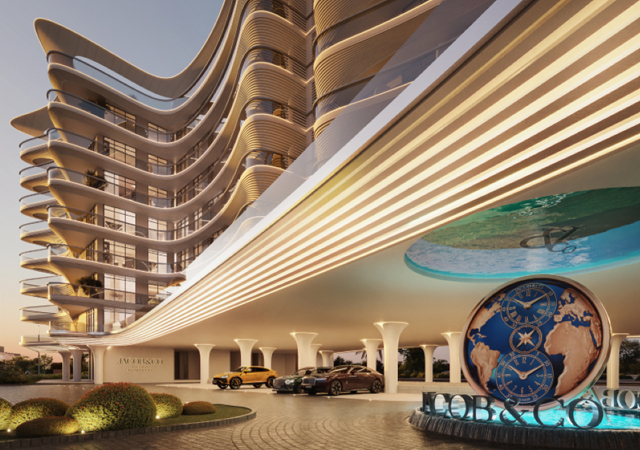



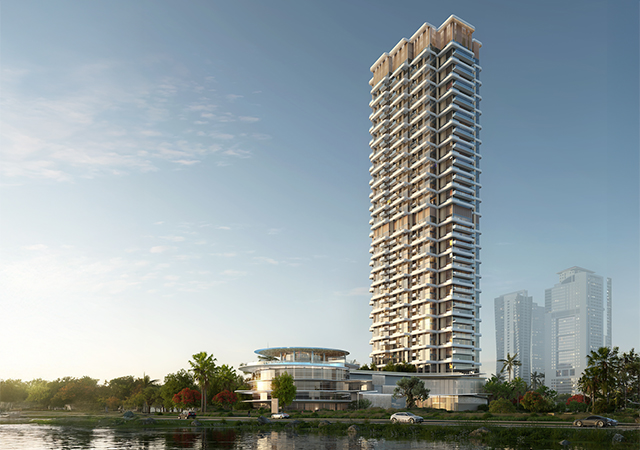

.jpg)
.jpg)

.jpg)






